Carbon Footprint Comparison: Shipping Furniture vs. Local Building
Table Of Contents
- Understanding Carbon Footprints in Furniture
- The Environmental Impact of Shipping Furniture
- Carbon Footprint of Locally Built Furniture
- Comparing the Numbers: Shipping vs. Local Production
- Factors Beyond Carbon: Other Environmental Considerations
- Making Sustainable Furniture Choices in Singapore
- How Loft Home Balances Quality, Sustainability, and Accessibility
- Conclusion
When furnishing your home in Singapore, the decisions you make extend far beyond aesthetics and price. With growing environmental awareness, many homeowners are now considering the carbon footprint of their furniture choices. Should you purchase mass-produced furniture shipped from overseas factories, or opt for locally built pieces made right here in Singapore?
This question isn't just academic—it has real implications for our planet and future generations. The carbon footprint associated with your furniture encompasses everything from raw material extraction and manufacturing processes to transportation, use, and eventual disposal. Understanding these environmental impacts can help you make more informed, eco-conscious decisions for your home.
In this comprehensive guide, we'll examine the carbon footprints of both shipped furniture and locally built options. We'll explore the surprising factors that influence environmental impact, challenge some common assumptions, and provide practical guidance for Singapore homeowners looking to balance quality, aesthetics, sustainability, and budget in their furniture choices.
Understanding Carbon Footprints in Furniture
Before diving into the comparison, it's essential to understand what constitutes the carbon footprint of furniture. A carbon footprint measures the total greenhouse gas emissions caused directly and indirectly by a product throughout its lifecycle.
For furniture, this lifecycle typically includes:
- Raw material extraction and processing (wood harvesting, metal mining, fabric production)
- Manufacturing (cutting, assembly, finishing, upholstery)
- Packaging (materials and processes)
- Transportation (from factory to warehouse to retail to home)
- Use phase (maintenance, cleaning)
- End-of-life (disposal, recycling, or upcycling)
Each stage contributes to the overall carbon footprint, but their proportions vary significantly depending on factors such as materials used, production methods, transportation distances, and product lifespan.
The Importance of Lifecycle Assessment
When comparing the environmental impact of furniture options, it's crucial to consider the entire lifecycle rather than focusing solely on one aspect such as shipping distance. A comprehensive lifecycle assessment (LCA) provides a more accurate picture of environmental impact by accounting for all stages from cradle to grave.
For example, a locally built solid wood dining table might seem inherently more eco-friendly than one shipped from overseas. However, if the local table uses unsustainably harvested hardwood while the shipped table uses certified sustainable materials and is designed for longevity, the overall environmental calculus might surprise you.
The Environmental Impact of Shipping Furniture
Shipping furniture across countries and continents clearly contributes to its carbon footprint. Let's examine the key factors that determine the environmental impact of furniture transportation.
Transportation Methods and Their Carbon Intensity
Different shipping methods have vastly different carbon footprints:
- Ocean freight: The most common method for international furniture shipping, cargo ships are relatively efficient per ton-mile but still contribute significant emissions due to the vast distances traveled and the use of bunker fuel.
- Air freight: Rarely used for regular furniture due to cost, but sometimes employed for high-value or urgent items. Air shipping has a carbon footprint approximately 20-30 times higher than ocean shipping.
- Road transportation: Used for the final delivery stages, trucks contribute additional emissions, particularly in congested urban areas like Singapore.
Most furniture sold in Singapore, including many pieces in our sofas collection, travels thousands of kilometers before reaching your home. A typical sofa shipped from China to Singapore might generate between 50-200 kg of CO2 emissions from transportation alone, depending on the specific routes and methods used.
Packaging Considerations
The environmental impact of shipping furniture extends beyond the transportation emissions. Protective packaging—often including plastic wrapping, styrofoam, and cardboard—adds to the carbon footprint and creates waste that may end up in landfills.
However, innovative flat-pack designs have helped mitigate some of these impacts. By optimizing packaging and shipping volume, manufacturers can fit more products in each container, effectively reducing the per-item carbon footprint of transportation.
Carbon Footprint of Locally Built Furniture
Locally built furniture eliminates long-distance shipping, but this doesn't automatically make it more environmentally friendly. Several factors influence the carbon footprint of locally produced furniture in Singapore.
Material Sourcing and Transportation
Singapore has limited natural resources for furniture production. This means that even when furniture is built locally, most raw materials—wood, metal, fabrics, and finishes—must still be imported. These material transportation emissions must be factored into the overall carbon footprint calculation.
For instance, a locally crafted wooden table might use timber imported from Malaysia, Indonesia, or even further afield. The carbon footprint of transporting these raw materials can be substantial, although typically less than shipping completed furniture due to more efficient packing of raw materials.
Manufacturing Efficiency and Scale
Local furniture makers often operate at a smaller scale than large international manufacturers. While this can allow for greater craftsmanship and customization, it sometimes means less efficient production processes and higher per-item energy consumption.
Large furniture factories typically optimize their manufacturing processes, invest in energy-efficient equipment, and benefit from economies of scale that can reduce the per-item carbon footprint. However, local workshops may have advantages in certain aspects, such as reduced need for inventory storage and the ability to implement precise material usage that minimizes waste.
Comparing the Numbers: Shipping vs. Local Production
When comparing the carbon footprints of shipped versus locally built furniture, several studies provide interesting insights:
Transportation's Relative Impact
Research suggests that transportation typically accounts for 5-15% of a furniture piece's total lifecycle carbon footprint. This proportion can be higher for lightweight, simple items and lower for heavy, complex pieces that require intensive manufacturing.
For example, a simple side table shipped from overseas might have 10-15% of its carbon footprint attributed to transportation. In contrast, for a complex upholstered L-shaped sofa with multiple materials, transportation might represent only 5-8% of the total environmental impact.
Manufacturing Emissions Comparison
Manufacturing processes often contribute the largest portion of a furniture item's carbon footprint, typically accounting for 40-60% of lifecycle emissions. This includes energy used in factories, emissions from processing raw materials, and waste generated during production.
Larger manufacturers may achieve greater energy efficiency through scale, specialized equipment, and optimized processes. A sofa manufactured in a modern, large-scale factory might generate 15-30% fewer manufacturing emissions than an equivalent piece made in a small local workshop using general-purpose tools, though this varies significantly based on specific practices.
The Lifespan Factor
Perhaps the most critical factor in a furniture piece's environmental impact is its lifespan. A well-made item that lasts 20 years has roughly half the annualized carbon footprint of a similar item that lasts only 10 years.
When factoring in quality and durability, the initial carbon footprint becomes less important than the emissions per year of use. High-quality storage furniture that maintains its functionality and appearance for decades may ultimately be more environmentally friendly than cheaper alternatives that require frequent replacement, regardless of where they were made.
Factors Beyond Carbon: Other Environmental Considerations
While carbon emissions are important, they're not the only environmental factor to consider when comparing shipped versus locally built furniture.
Material Sustainability
The environmental impact of furniture materials varies enormously:
- Wood: Sustainably harvested wood from certified forests can actually sequester carbon for the life of the furniture. Look for FSC or PEFC certification on wooden bed frames and other wooden furniture.
- Metals: Aluminum has a high initial carbon footprint but is highly recyclable. Steel has a lower initial footprint and is also recyclable. Both are commonly used in dining chairs and table frames.
- Upholstery: Natural fibers generally have lower environmental impacts than petroleum-based synthetics, though this depends on farming practices and processing methods. Our fabric sofas come in various materials, each with different environmental considerations.
The sustainability of materials often matters more than shipping distance. Furniture made from environmentally responsible materials may have a lower overall impact even if shipped internationally, compared to locally built pieces using problematic materials.
Chemical Use and Indoor Air Quality
Furniture can affect indoor air quality through the off-gassing of volatile organic compounds (VOCs) from adhesives, finishes, and flame retardants. Lower-quality furniture often contains more of these potentially harmful chemicals.
Some overseas manufacturers adhere to strict international standards for chemical usage, while others may use substances restricted in certain countries. Similarly, local craftspeople may use either traditional, natural finishes or modern chemical products, depending on their practices.
Waste Generation and Circular Economy Potential
The potential for repair, refurbishment, and recycling at end-of-life also affects a furniture piece's overall environmental impact. Furniture designed for disassembly and made with recyclable materials supports a circular economy approach that minimizes waste.
Local furniture builders may offer repair services that extend product lifespan, while some international manufacturers design for easy component replacement. Both approaches can reduce the need for complete replacement and thus lower lifetime environmental impact.
Making Sustainable Furniture Choices in Singapore
For Singapore homeowners looking to minimize the environmental impact of their furniture choices, here are some practical guidelines:
Prioritize Quality and Longevity
The single most effective way to reduce furniture's environmental impact is to choose well-made pieces that will last for many years. Quality furniture that remains functional and aesthetically pleasing for decades spreads its initial carbon footprint over a longer period.
When shopping for living room furniture or any other category, look for signs of quality construction: solid joinery, durable materials, and timeless designs that won't quickly go out of style.
Look for Environmental Certifications
Reputable environmental certifications can help identify more sustainable options:
- FSC or PEFC: Ensures wood comes from responsibly managed forests
- GREENGUARD: Certifies low chemical emissions
- Global Organic Textile Standard (GOTS): For organic natural fiber upholstery
- Singapore Green Label: Local certification for environmentally preferred products
These certifications apply to both imported and locally made furniture and can be more meaningful indicators of environmental impact than simply where the furniture was made.
Consider Multi-functional and Adaptable Pieces
Furniture that serves multiple purposes or adapts to changing needs can reduce the total number of items required to furnish your home. Sofa beds, extendable tables, and storage bed frames allow you to maximize functionality while minimizing resource consumption.
How Loft Home Balances Quality, Sustainability, and Accessibility
At Loft Home Furniture, we recognize the complex environmental considerations involved in furniture production and distribution. Our approach balances several factors to minimize environmental impact while providing high-quality, accessible furniture to Singapore homeowners:
Direct-to-Consumer Model Reduces Carbon Footprint
By working directly with top factories and eliminating middlemen, our business model reduces unnecessary transportation steps that would otherwise add to the carbon footprint of each piece. This direct relationship also allows us to implement and monitor quality standards that ensure durability—perhaps the most important factor in reducing furniture's lifetime environmental impact.
Curated Selection Emphasizing Longevity
We carefully select each piece in our collection for quality construction and timeless design. From our Scandinavian sofas to our contemporary tables, we prioritize pieces that will remain functional and stylish for many years, spreading their initial carbon footprint over a longer useful life.
Balancing Global Production with Local Service
While many of our pieces are produced internationally to achieve the optimal balance of quality and affordability, we provide local delivery, installation, and customer service. This approach combines the efficiency advantages of larger-scale production with the convenience and reduced final transportation emissions of local service.
Our 30-day return policy also encourages confident purchasing decisions, reducing the likelihood that customers will need to replace furniture due to unsatisfactory initial choices—another way we help minimize unnecessary consumption and waste.
Conclusion
The carbon footprint comparison between shipped furniture and locally built options is more nuanced than it might initially appear. While local production does eliminate long-distance shipping emissions, these typically represent only a small portion of furniture's lifetime carbon footprint.
More significant factors include:
- The quality and durability of the piece (determining how long its useful life will be)
- The sustainability of materials used (regardless of where they're sourced)
- The efficiency of manufacturing processes
- The potential for repair, refurbishment, and eventual recycling
For Singapore homeowners seeking to make environmentally responsible furniture choices, we recommend focusing on quality, durability, and material sustainability rather than simply whether a piece was shipped or locally built. Choose well-made furniture with timeless design that will serve you for many years, and look for credible environmental certifications regardless of where the furniture was made.
At Loft Home Furniture, we're committed to providing Singapore homeowners with high-quality, designer-inspired furniture that balances aesthetic appeal, functionality, affordability, and environmental considerations. By selecting pieces thoughtfully and prioritizing longevity, you can create a beautiful home while minimizing your environmental footprint.
Visit our showroom at Gambas Crescent or browse our full collection online to discover furniture that beautifully balances quality, style, and environmental responsibility. Our team is ready to help you make informed choices for your home that you'll enjoy for years to come.




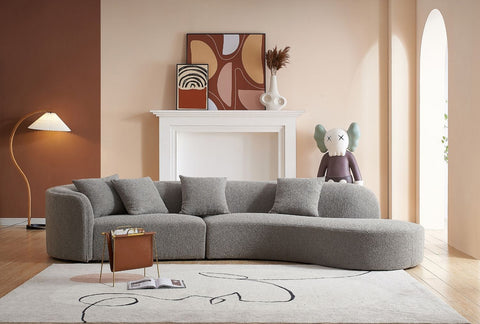
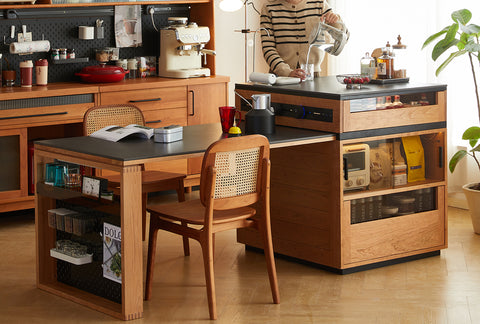
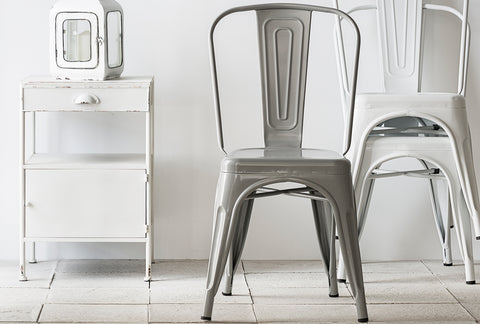
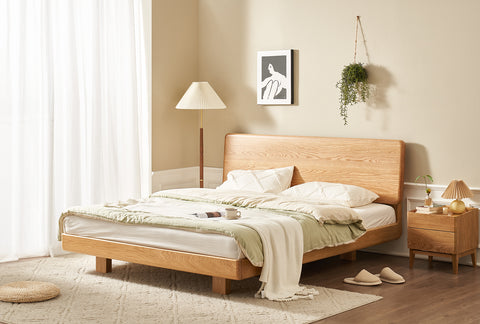






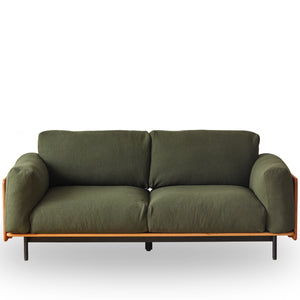
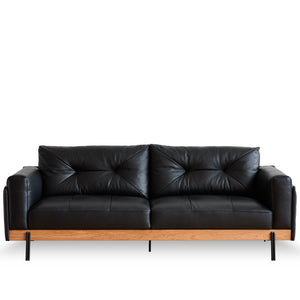
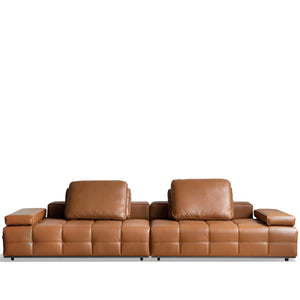
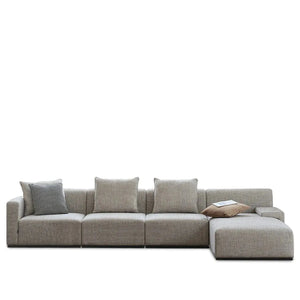
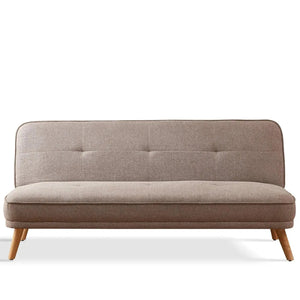
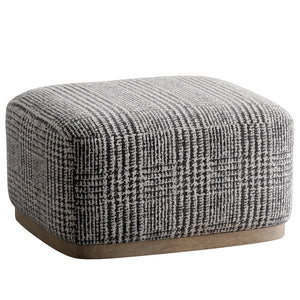

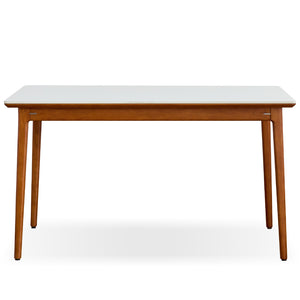
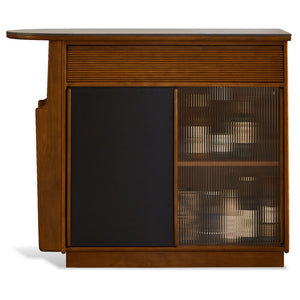
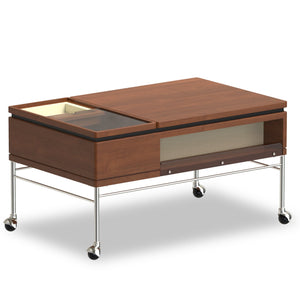
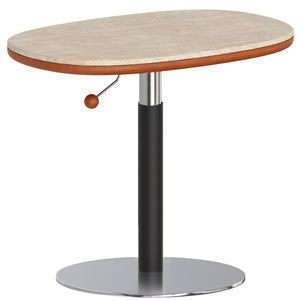
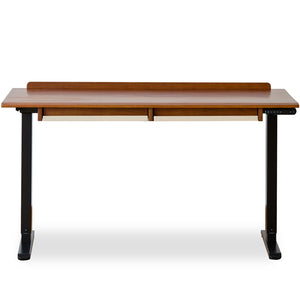


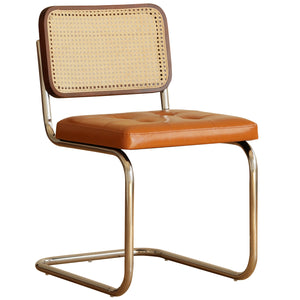
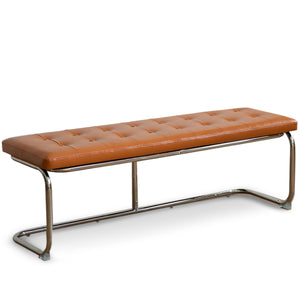
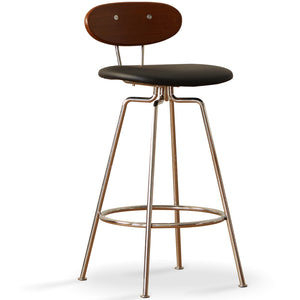
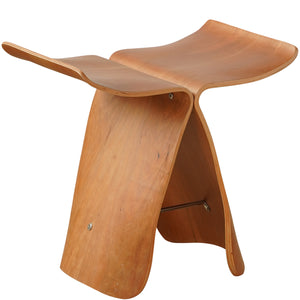
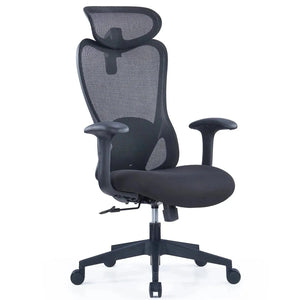

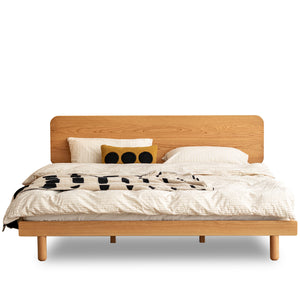


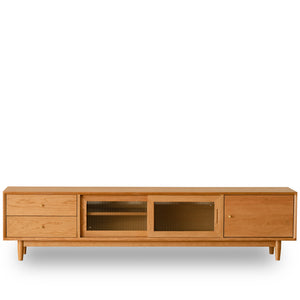
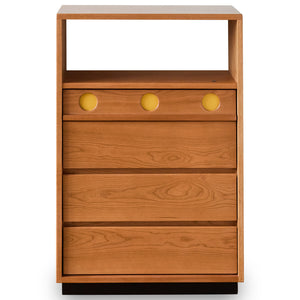
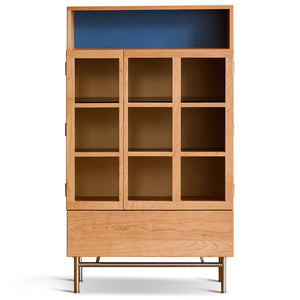
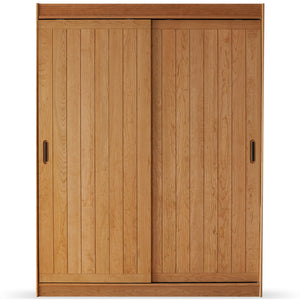
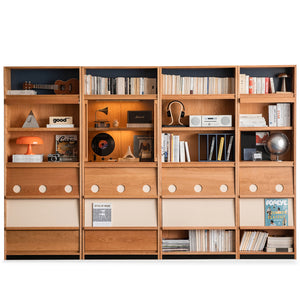
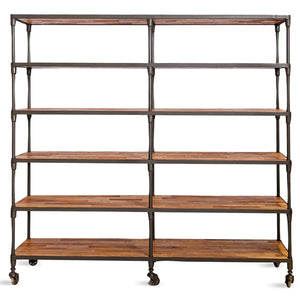
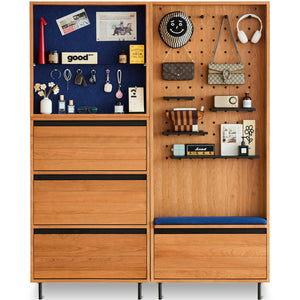

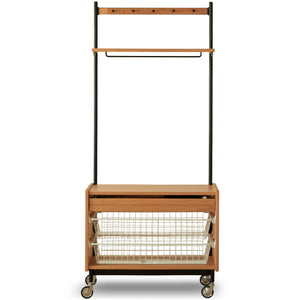






















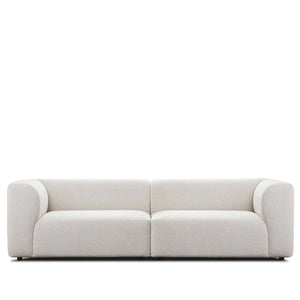




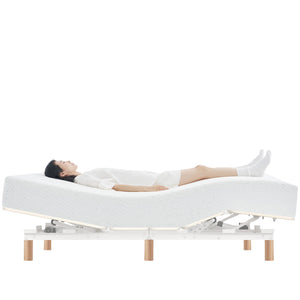

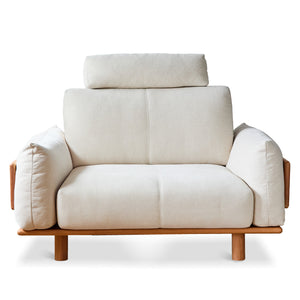
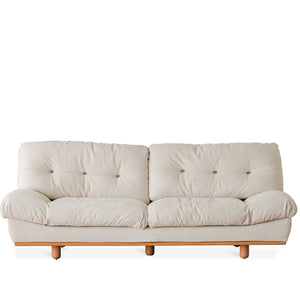

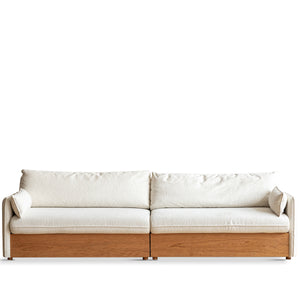
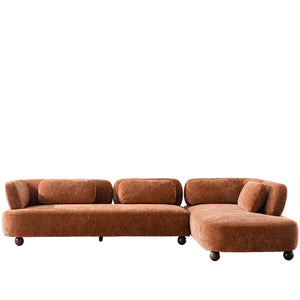
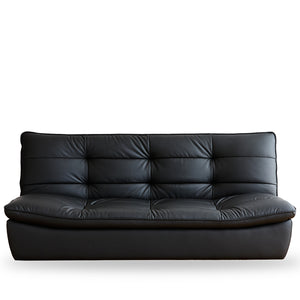
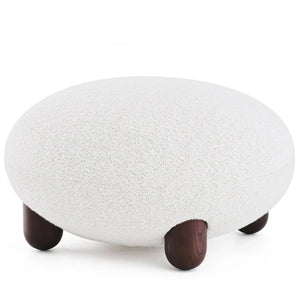

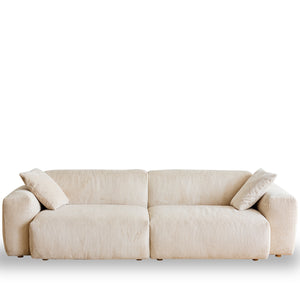
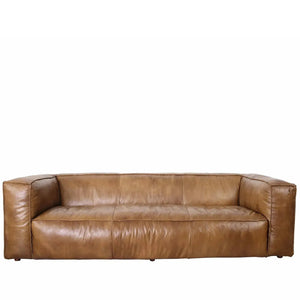
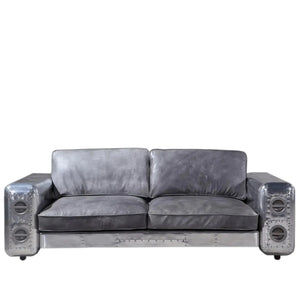
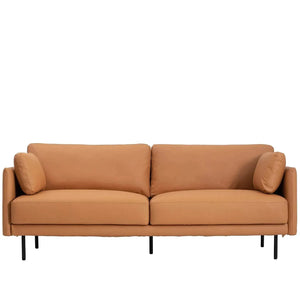
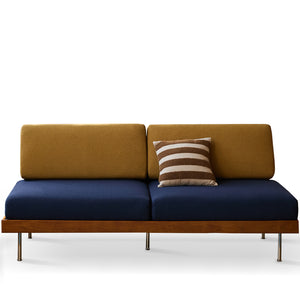
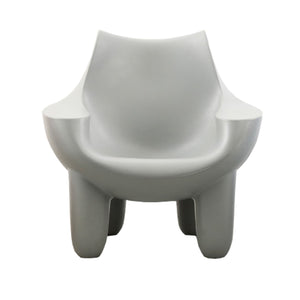

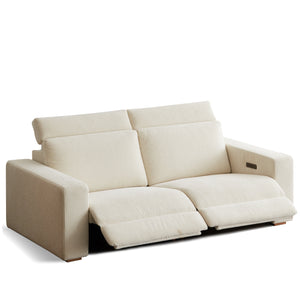

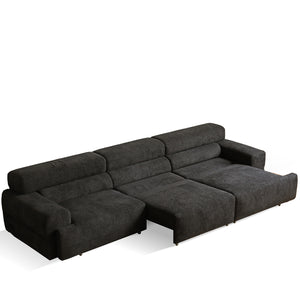
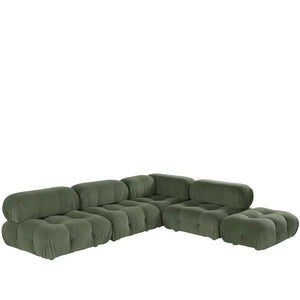
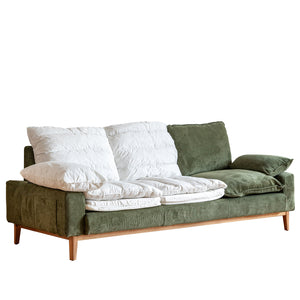
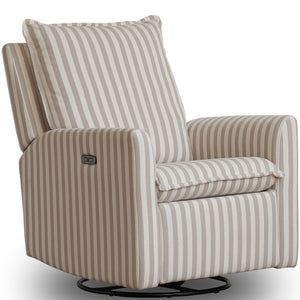

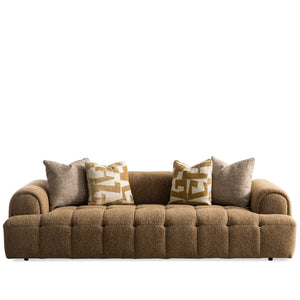

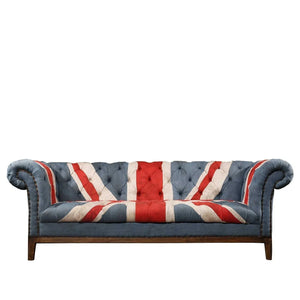
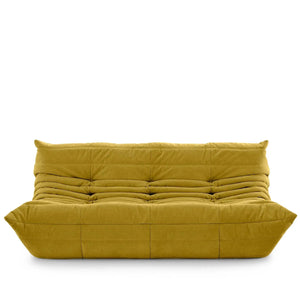
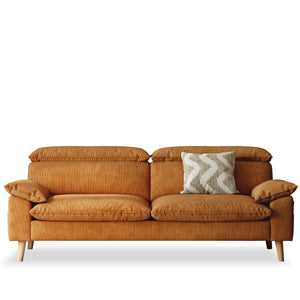


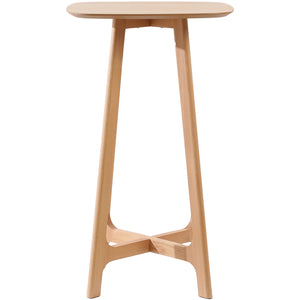
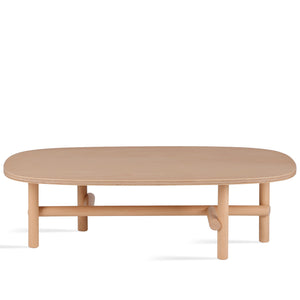
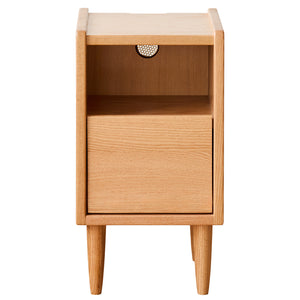



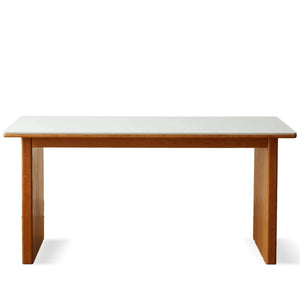
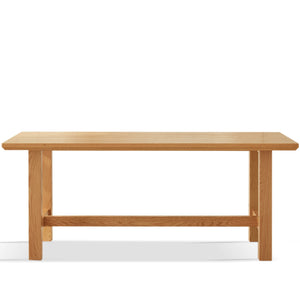

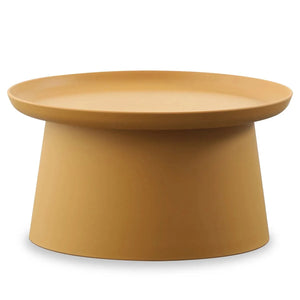
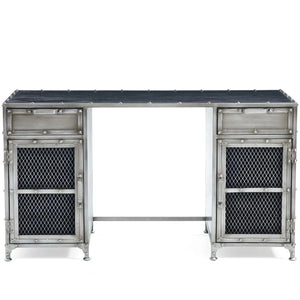
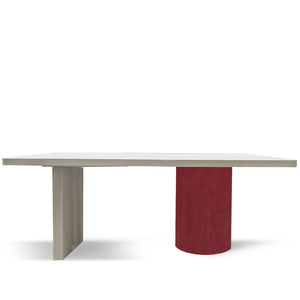


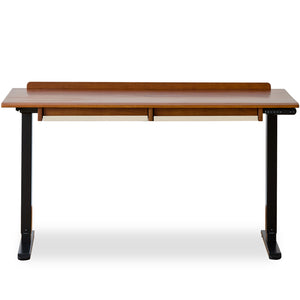
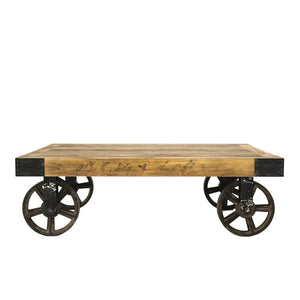
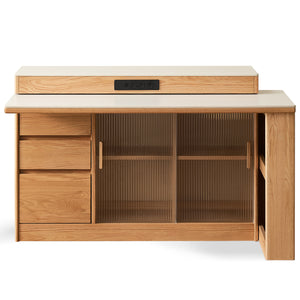
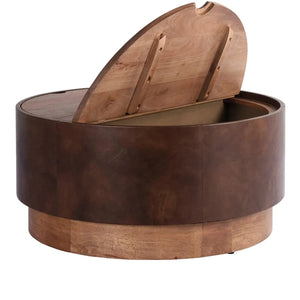

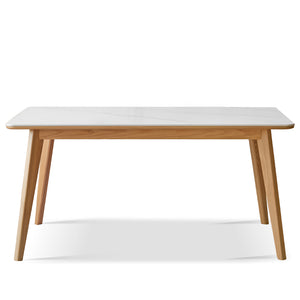
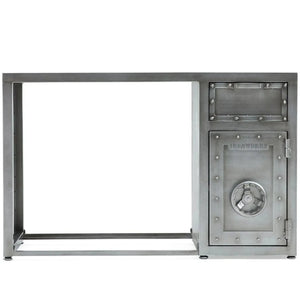
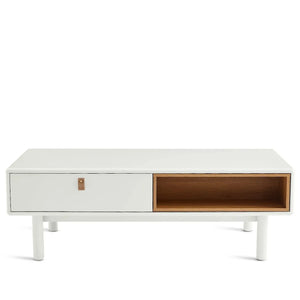
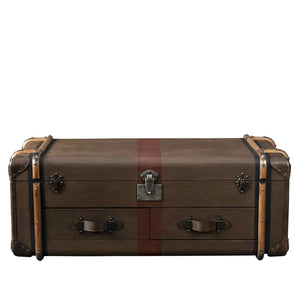



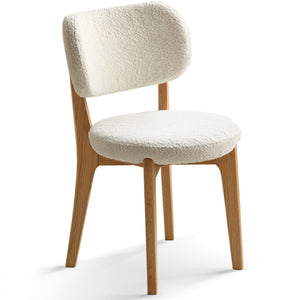
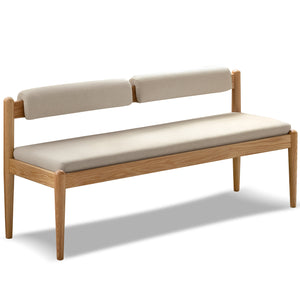
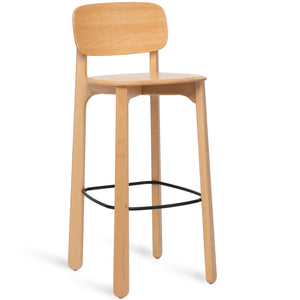
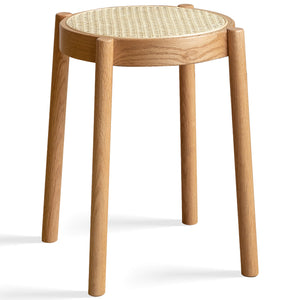
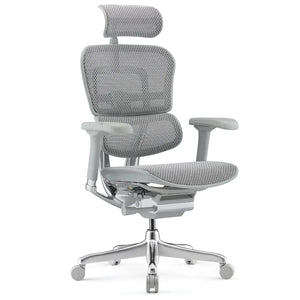

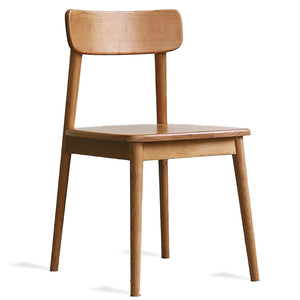

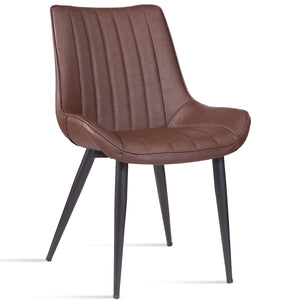
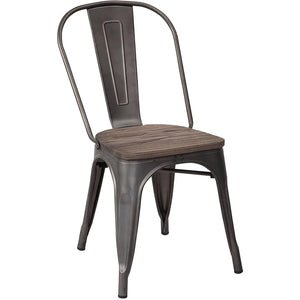
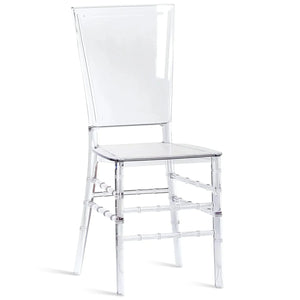
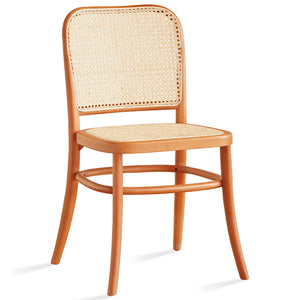


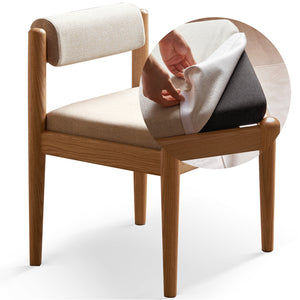
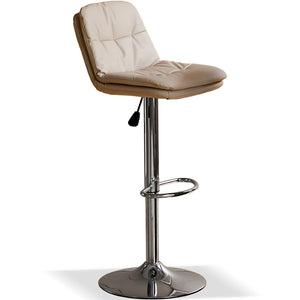
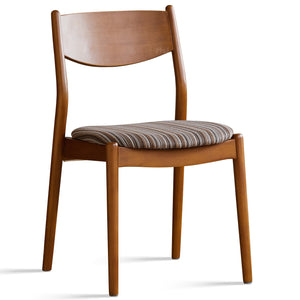
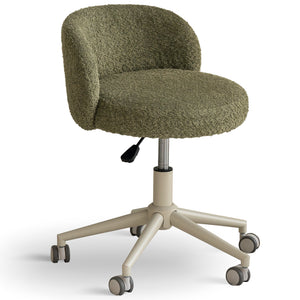
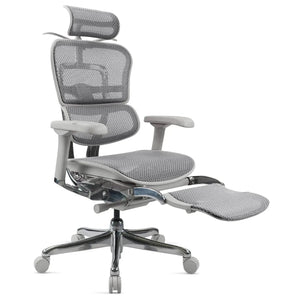

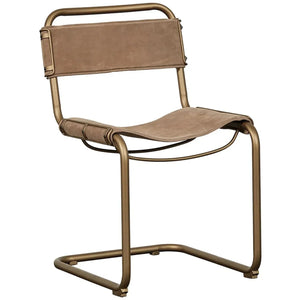
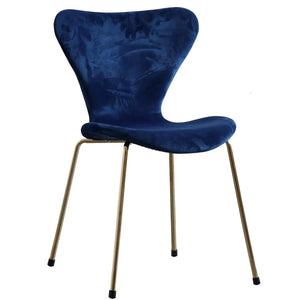
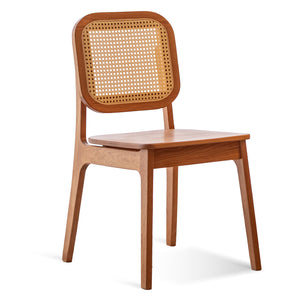
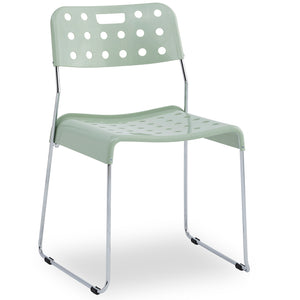
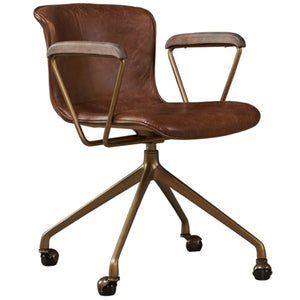


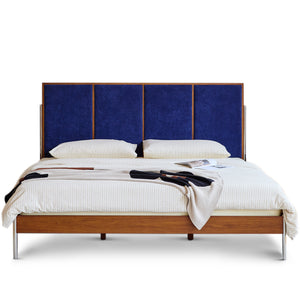

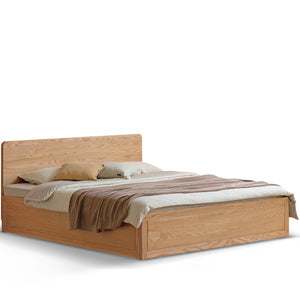
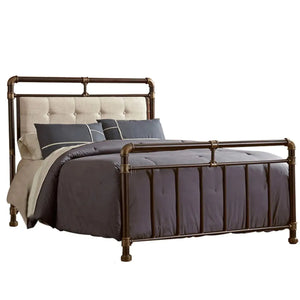
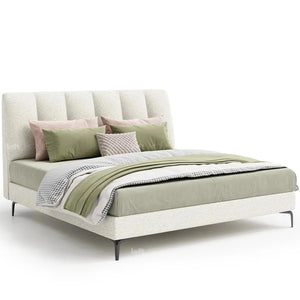
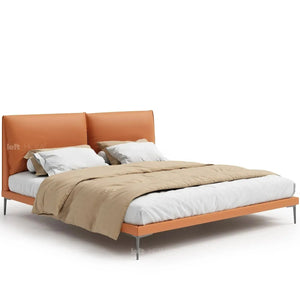
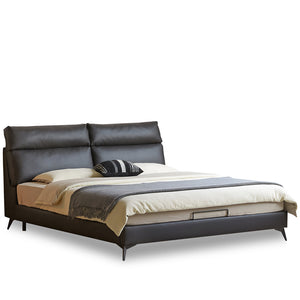
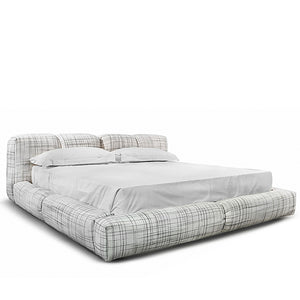

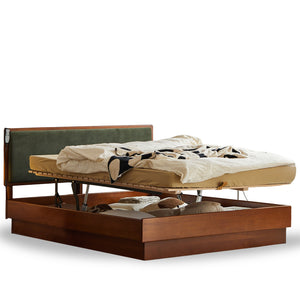
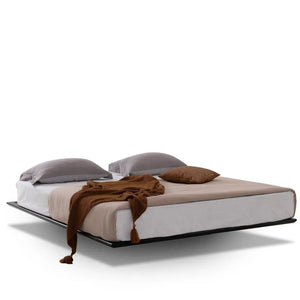
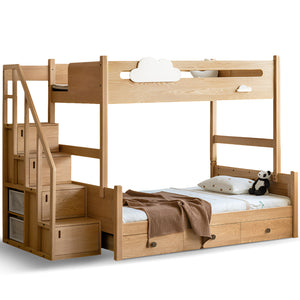
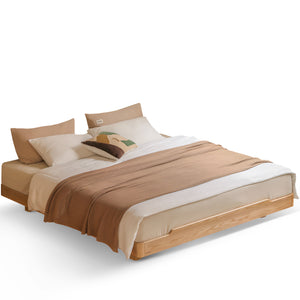
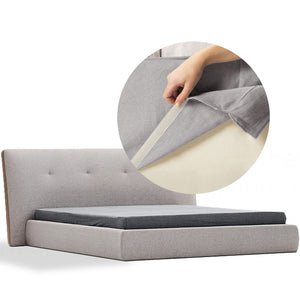


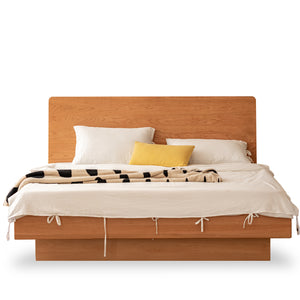
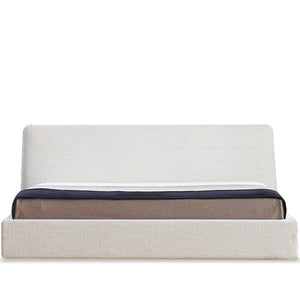
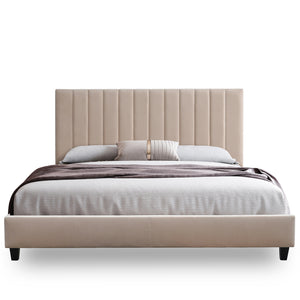
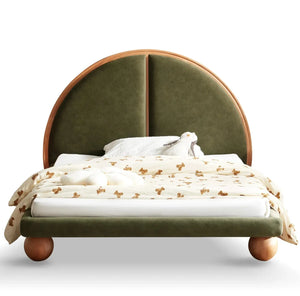
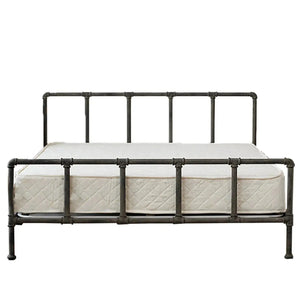



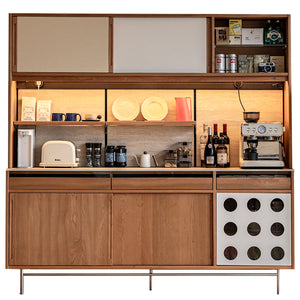
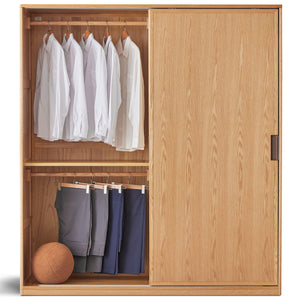
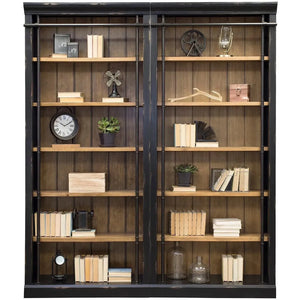
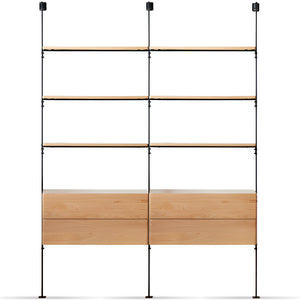
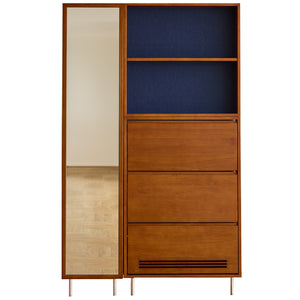



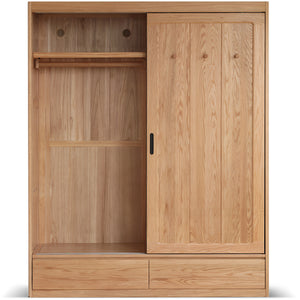
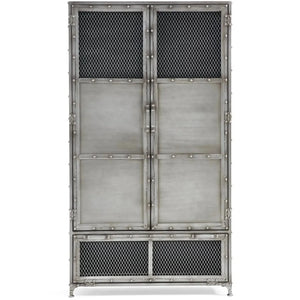
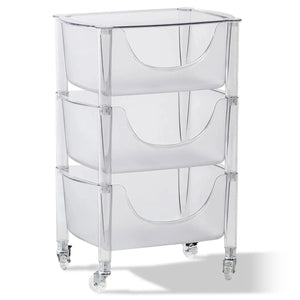
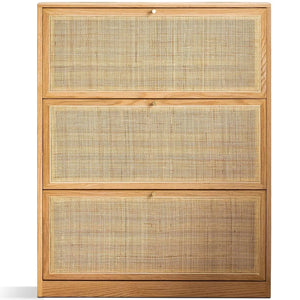

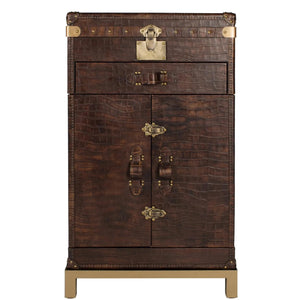

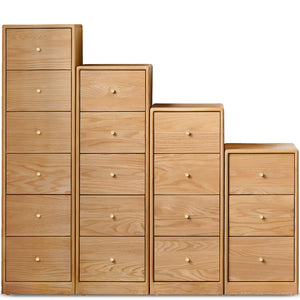


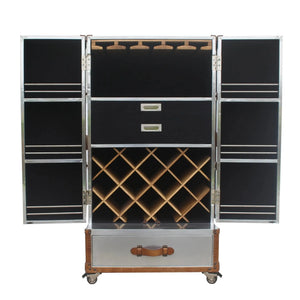
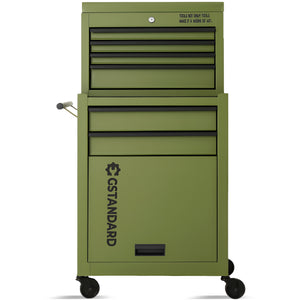
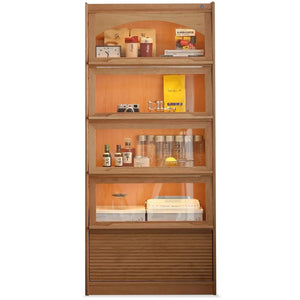


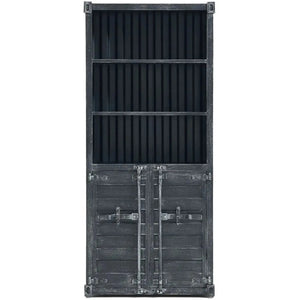































































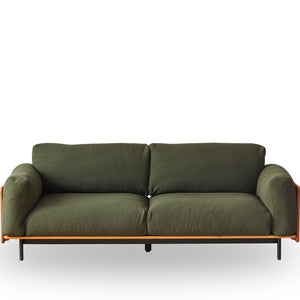

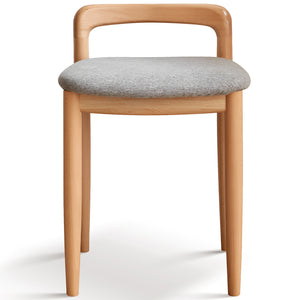
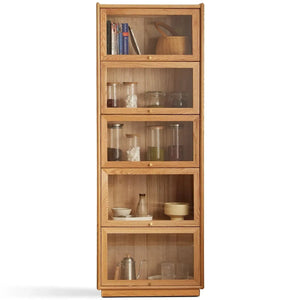



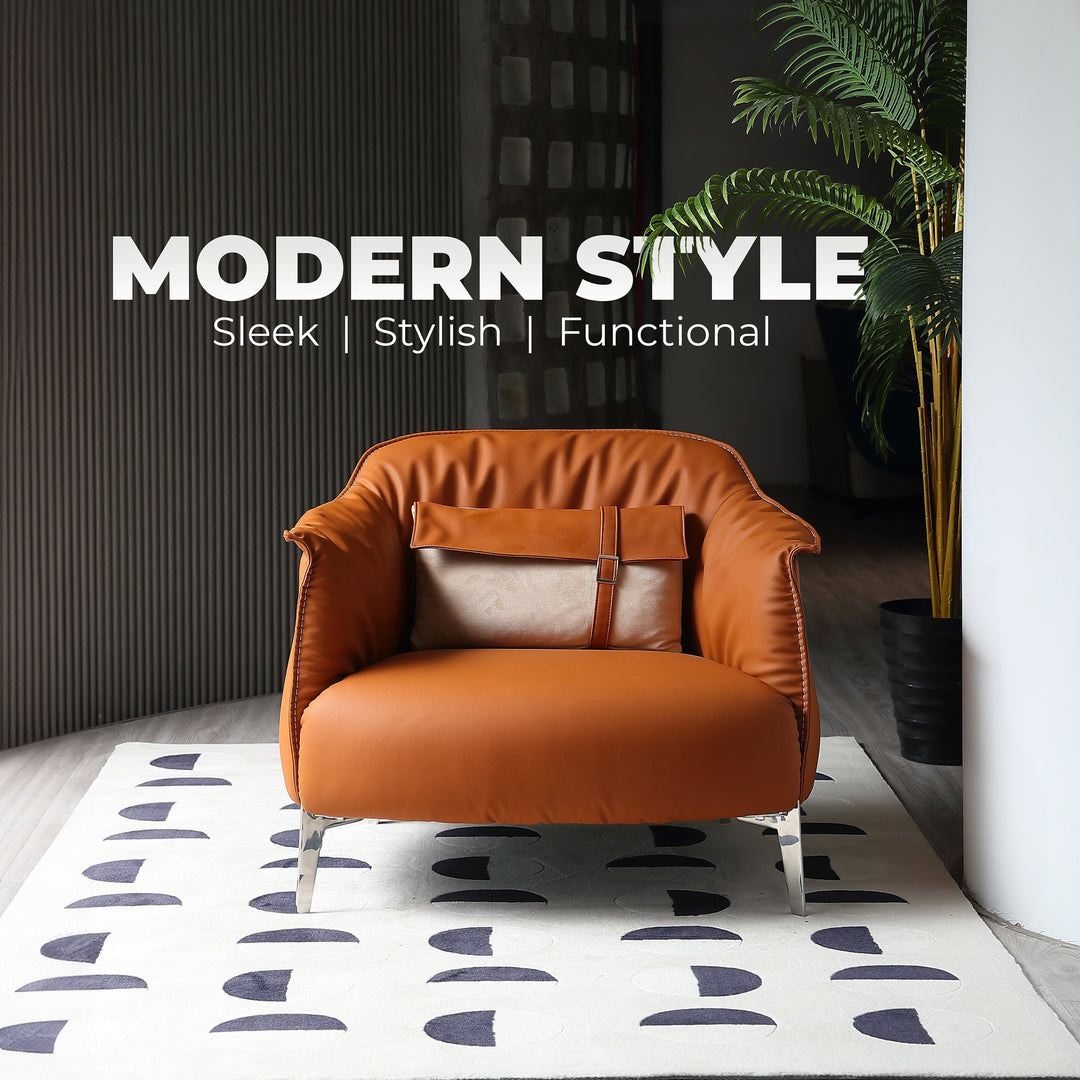
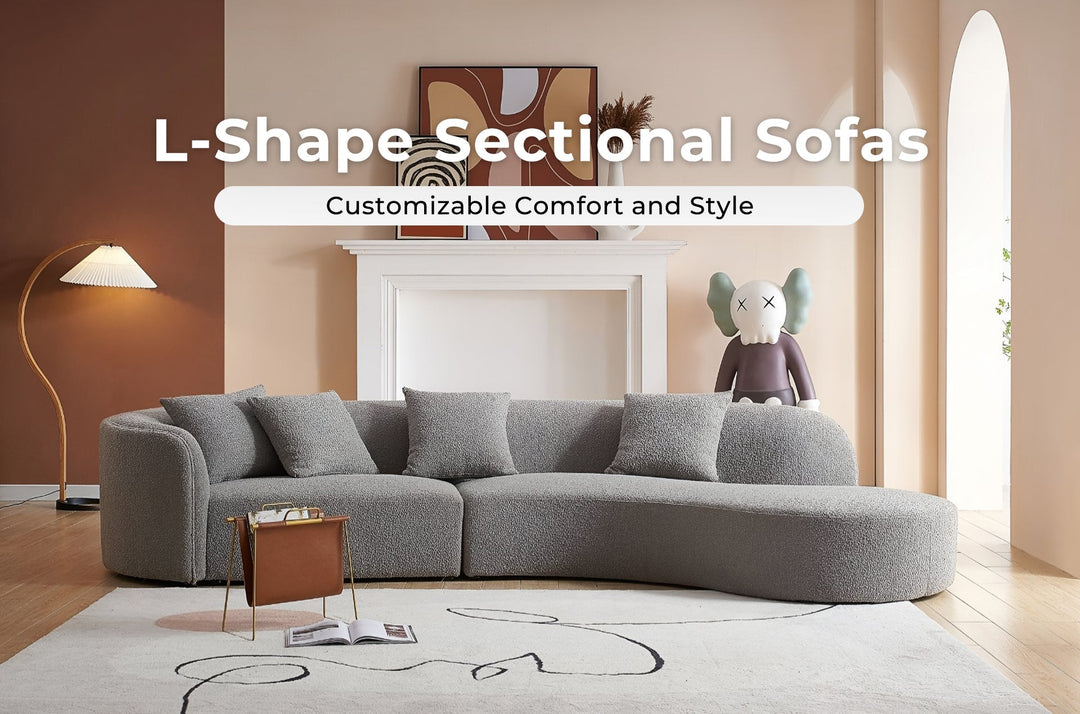






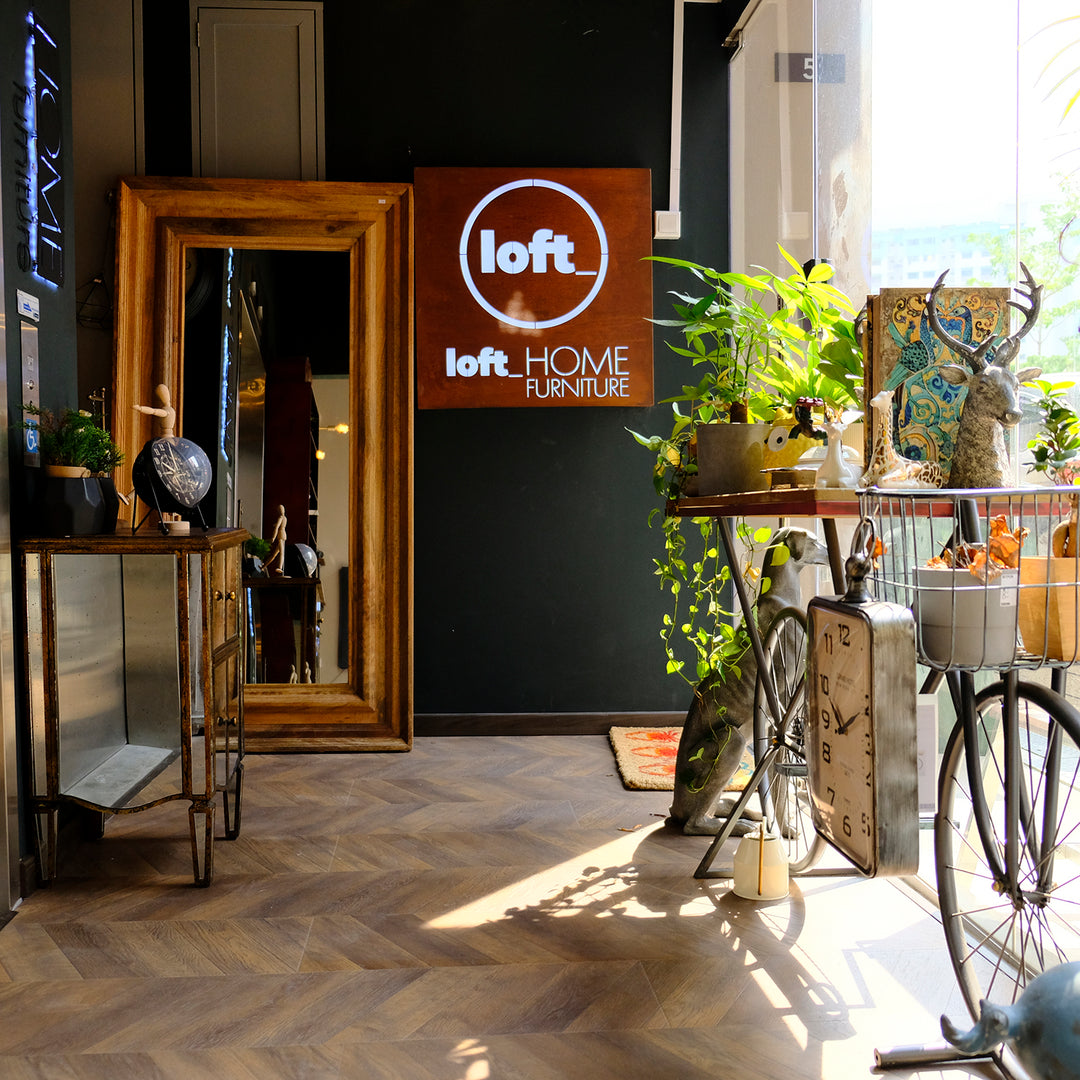
Leave a comment